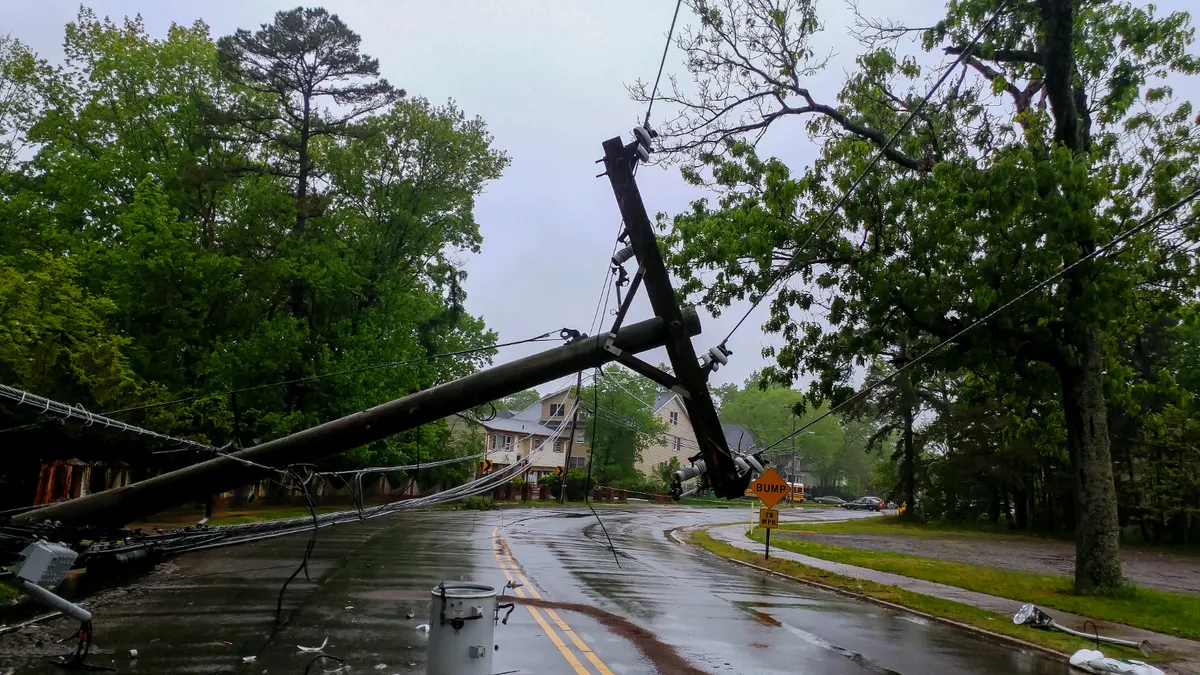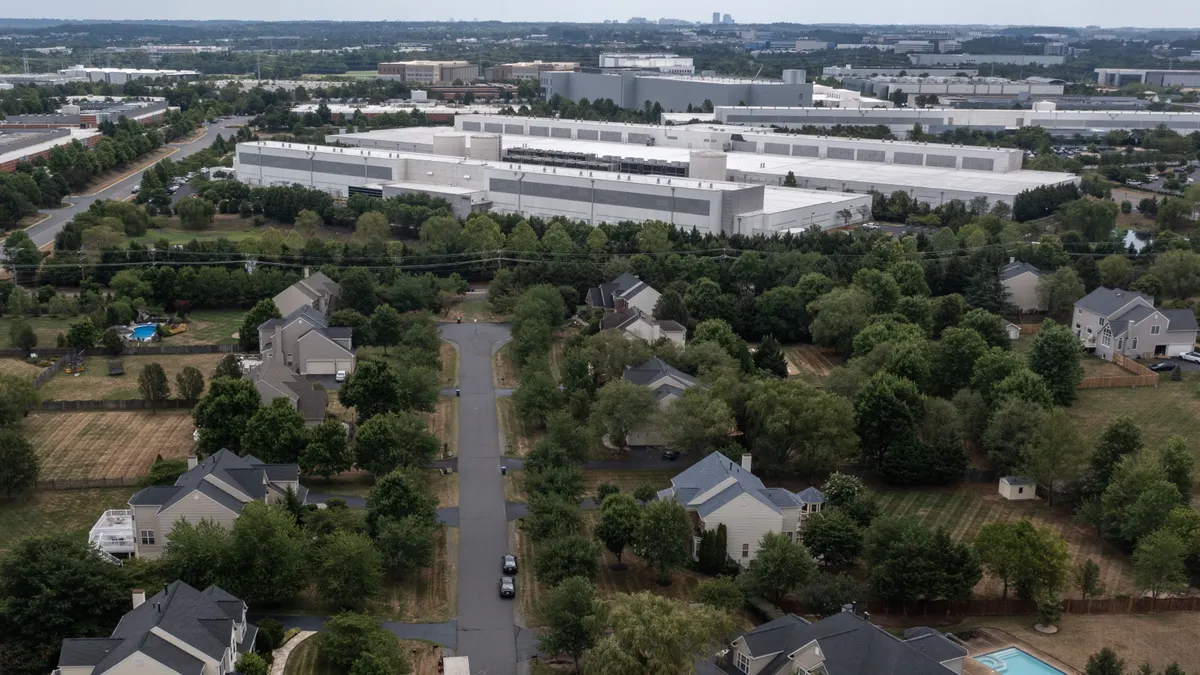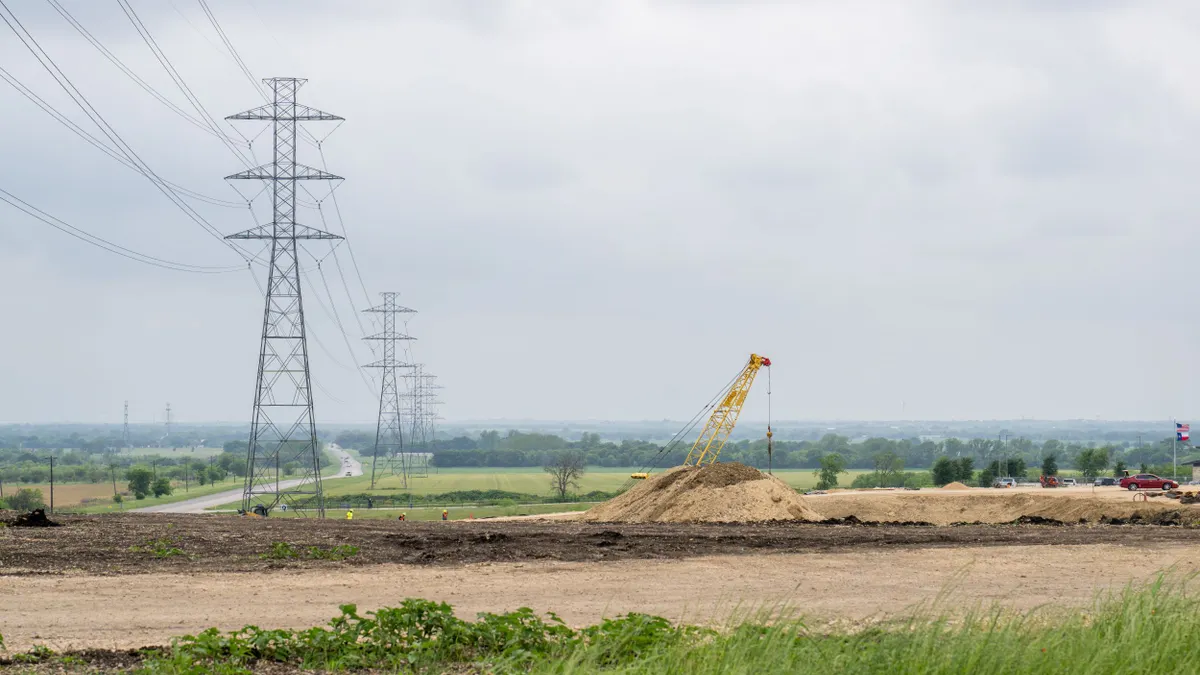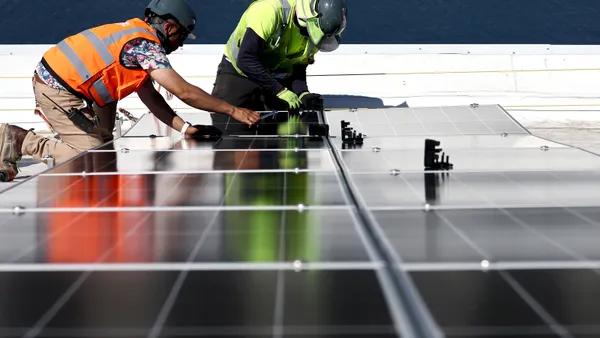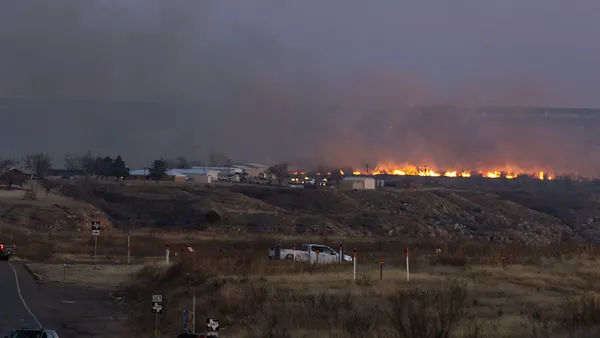As extreme weather events increase in both frequency and intensity, the utility sector is under growing pressure to fortify its resilience. Delivering reliable power amid climate volatility demands more than reactive measures—it requires strategic foresight, technological innovation, and deep cross-sector coordination.
Recent industry dialogue has revealed a clear consensus: resilience is no longer optional. Utilities must adapt to a landscape shaped by aging infrastructure, electrification trends, escalating customer expectations, and climate-related risks.
A New Era of Challenges
Utilities today must navigate a complex web of vulnerabilities:
- Aging grid assets in urgent need of modernization
- Rising demand driven by data centers and electric vehicles
- Increasing threats from cyberattacks
- Regulatory mandates for zero-carbon transition
- The growing unpredictability of natural disasters
The stakes are high. Power outages not only disrupt daily life—they threaten health, safety and economic continuity. As a result, utilities must evolve from reactive recovery to proactive resilience.
Five Pillars of Storm Preparedness
To ensure service continuity and protect communities, utilities are embracing five core best practices in storm response:
1. Strategic Planning and Operational Playbooks
Preparation starts well before a storm hits. By leveraging forecasting tools and damage simulations, utilities can strategically position crews, equipment and materials. Operational playbooks ensure coordination across departments—logistics, communications, emergency response—so that all teams can act swiftly and in sync.
2. Transparent, Real-Time Communication
Clear and timely communication builds trust and enhances safety. Utilities are expanding their outreach through multiple platforms, providing customers with restoration timelines, safety tips and actionable updates. Visual storytelling and proactive media engagement are helping set realistic expectations and minimize confusion.
3. Deployment of Distributed Energy Resources (DERs)
Innovative technologies such as solar-plus-storage systems and mobile energy units are enabling a more adaptive response. These DERs can reduce grid stress, power critical facilities during outages and offer real-time data through advanced sensors. In high-risk zones, mobile energy storage supports EV charging and remote site continuity when the grid is compromised.
4. Workforce Training and Emergency Drills
Resilient operations require a skilled and prepared workforce. Utilities are embedding emergency responsibilities into all job roles and conducting year-round tabletop drills with municipal and regulatory partners.
5. Supply Chain Readiness
Storm recovery relies on speed and availability. Utilities are expanding mutual aid networks and pre-staging essential materials—poles, wire& cable, transformers—before storms strike.
Strengthening the Grid Through Innovation
The utility industry is also investing in infrastructure hardening and next-generation technologies:
- Steel structures and underground lines offer greater resilience in wind- and flood-prone areas.
- Long-duration energy storage enhances grid stability during prolonged outages.
- Microgrids and virtual power plants (VPPs) aggregate DERs into reliable local energy networks.
These innovations collectively transform the grid into a more flexible and robust system, capable of withstanding both physical and digital threats.
Capital Planning With Purpose
With limited budgets and growing expectations, utilities must prioritize investments that deliver the greatest value. Capital planning models are being refined to evaluate projects based on resilience outcomes, long-term ROI, customer equity and environmental benefits. This approach ensures that infrastructure upgrades align with broader modernization goals and community needs.
Customer Empowerment and Safety
Preparedness is a shared responsibility. Customers are encouraged to assemble emergency kits, charge critical devices, follow evacuation orders and treat all downed lines as live. Utilities, in turn, are streamlining processes for DER integration and public education, fostering stronger community partnerships in storm readiness.
The Human Element of Resilience
While technology and infrastructure play vital roles, it is the people behind the systems who ultimately ensure storm response success. From field technicians to planners to communicators, utility workers bring experience, adaptability and commitment that cannot be replaced.
At AWG, we are proud to support these professionals with high-performance solutions designed for resilience. Together, by planning ahead, innovating smartly and collaborating broadly, we can reduce the impact of storms and safeguard our energy future.

